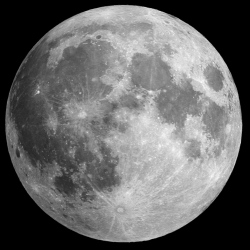
NASA’s Space Launch System (SLS) project will cost about $40 billion from now to 2030 and will produce a chemical rocket about 1000 times more expensive to launch than a SpaceX BFR. SLS will start inferior to the SpaceX Falcon Heavy and then will be years later than a superior SpaceX BFR.
SLS funds would be better spent on making a vastly superior Turbo rocket.
John Bucknell created the pre-conceptual design for the SpaceX Raptor engine which will be used for the SpaceX BFR. John Bucknell says the nuclear turbo rocket technology and his designs are ready for development. The air-breathing nuclear thermal rocket will enable 7 times more payload fraction to be delivered to low-earth orbit and it will have 6 times the ISP (rocket fuel efficiency) as chemical rockets. The rocket will have two to three times the speed and performance of chemical rockets for missions outside of the atmosphere.
The turbo rocket will cost less than $85 per kilogram to low earth orbit and $715 per kilogram to the moon.
Instead of spending tons of money for an inferior performance to SpaceX BFR, the shift should be developing a superior follow up the SpaceX BFR.
SLS has already cost about $15 billion (2011-2018)
SLS will cost another $10 billion to get to a possible first launch (2019-2021)
SLS will cost another $30 billion from 2022-2030
SLS will be obsolete before it flies.
Nuclear Thermal rockets have never flown, but Project Nerva (1958-1972) had hours of successful ground tests and the next phase would have started flight tests.
There was also Project Timberwind which was funded for $139 million from 1987 through 1991. The proposed rocket was later expanded into a larger design after the project was transferred to the Air Force Space Nuclear Thermal Propulsion (SNTP) program. Advances in high-temperature metals, computer modeling and nuclear engineering in general resulted in designs with dramatically improved performance.
Whereas the NERVA engine was projected to weigh about 6803 kg, the final SNTP offered just over 1/3 the thrust from an engine of only 1650 kg, while further improving the specific impulse from 930 to 1000 seconds.
